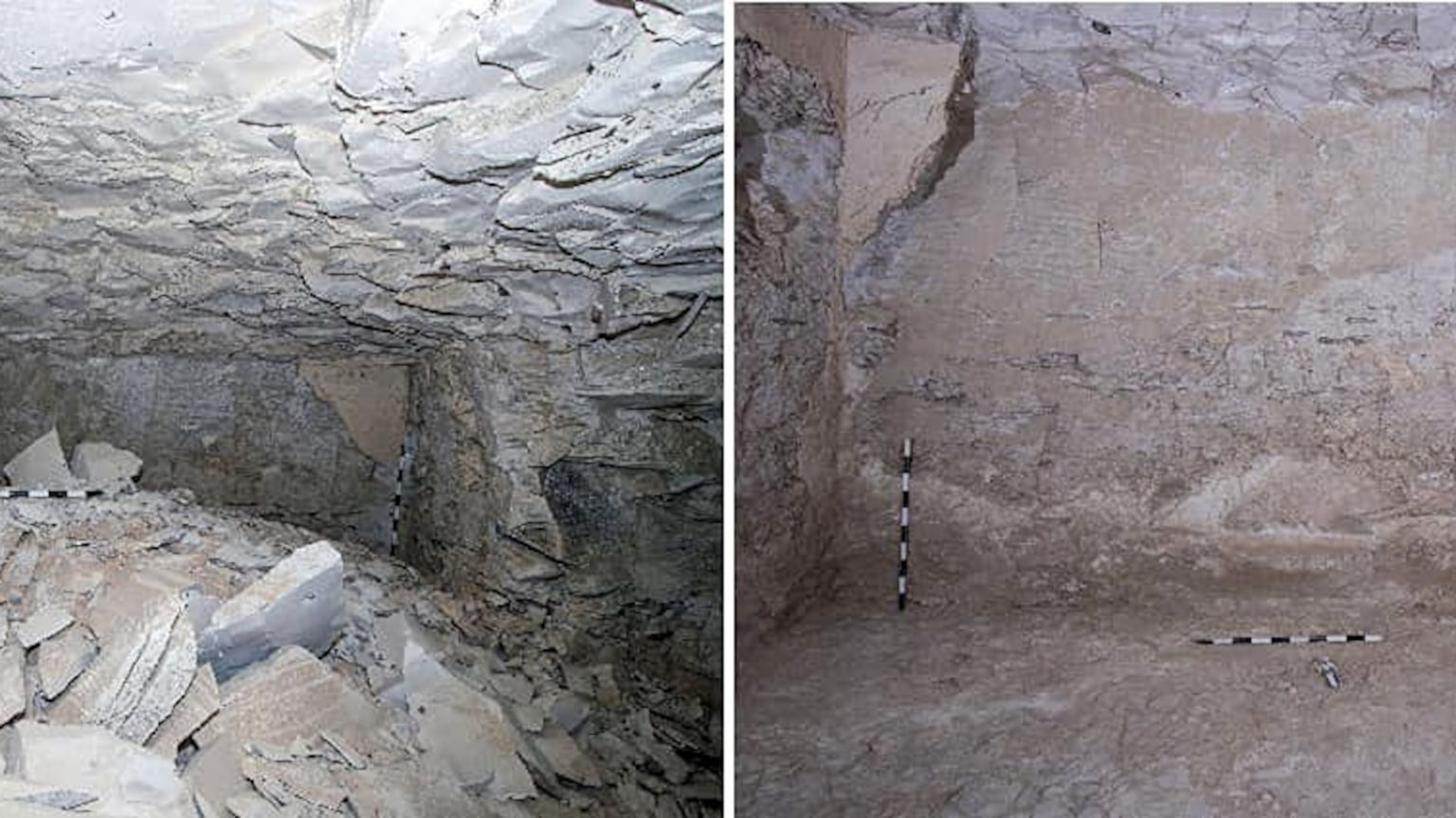A Groundbreaking Discovery: The Tomb of King Thutmose II Unveiled
On February 18, 2025, Egyptian officials made a historic announcement: an ancient Egyptian royal tomb had been discovered, marking the first such find in over a century. The tomb, belonging to King Thutmose II, was uncovered by an Egyptian-British archaeological mission in the Mount of Thebes area, near the city of Luxor on the west bank of the Nile River. This revelation has sent shockwaves through the archaeological and historical communities, as it sheds new light on Egypt’s illustrious past and opens doors to further discoveries.
The discovery was hailed by Minister of Tourism and Antiquities H.E. Sherif Fathi, who praised the excavation efforts and emphasized the significance of the find in uncovering more secrets of Egypt’s ancient civilization. The tomb is the last of the lost royal tombs from the Eighteenth Dynasty, which dates back to approximately the 15th century B.C., making it a monumental breakthrough in understanding this golden era of Egyptian history.
Unearthing the Tomb: A Journey Through Time
The tomb was first discovered in October 2022, when the excavation team stumbled upon its entrance and main passage. Initially, researchers believed the tomb might belong to one of the royal wives of the Thutmosid kings, a line of pharaohs named Thutmose who ruled Egypt over three and a half millennia ago. However, further archaeological evidence, including inscriptions and artifacts, confirmed that the tomb was the final resting place of King Thutmose II himself.
Thutmose II’s reign was relatively short-lived, lasting fewer than five years. Despite his brief time on the throne, his legacy is intertwined with that of his half-sister and wife, Hatshepsut, who would go on to become one of Egypt’s most powerful pharaohs. After Thutmose II’s death around 1479 B.C., Hatshepsut eventually ascended to the throne, ruling Egypt with remarkable success. The discovery of Thutmose II’s tomb not only fills a gap in Egypt’s historical record but also offers insights into the intricate dynamics of the Thutmosid court.
The Tomb’s Condition and Restoration Efforts
Unfortunately, the tomb was found in poor condition due to severe flooding that occurred shortly after the king’s death. Mohamed Abdel-Badii, head of the Egyptian Antiquities Sector, explained that water damage had compromised the tomb’s interior, requiring extensive restoration work. The archaeological team has worked tirelessly to recover fallen plaster fragments and stabilize the structure, ensuring the tomb’s preservation for future generations.
Despite the challenges posed by the tomb’s condition, several significant artifacts were found within its walls. These include fragments of alabaster jars inscribed with the king’s name and that of his chief royal consort, remnants of funerary furniture, yellow star motifs, and portions of the Book of Amduat, a sacred text often found in royal tombs. Preliminary studies suggest that the tomb’s original contents were relocated to another site in ancient times, likely to protect them from flood damage. The team is now focused on tracking down these missing artifacts, which could reveal even more about Thutmose II’s life and reign.
A Prototype for Future Tombs
Piers Litherland, the head of the British side of the excavation mission, noted that the tomb’s simple architectural design served as a “prototype” for the more elaborate tombs of later Eighteenth Dynasty rulers. This suggests that Thutmose II’s tomb may have influenced the construction of other royal tombs, including those of his successors. The discovery not only deepens our understanding of Egypt’s architectural evolution but also highlights the ingenuity and craftsmanship of ancient Egyptian builders.
The Significance of the Discovery
The discovery of King Thutmose II’s tomb is a landmark moment in archaeological history. It marks the first royal tomb to be found since the discovery of King Tutankhamun’s tomb in 1922, an event that captivated the world and sparked a global fascination with ancient Egypt. Mohamed Ismail Khaled, secretary-general of Egypt’s Supreme Council of Antiquities, described the find as “one of the most significant archeological breakthroughs in recent years.”
The tomb’s unveiling has also sparked hope for future discoveries. The team plans to continue its work in the area, searching for the final resting place of the tomb’s original contents and uncovering more secrets of the Mount of Thebes. As researchers delve deeper into the site, they may uncover new insights into the lives of Thutmose II, Hatshepsut, and other figures of the Eighteenth Dynasty, rewriting the history books and inspiring a new generation of archaeologists and historians.
A New Chapter in Egypt’s History
The discovery of King Thutmose II’s tomb is more than just a historical find; it is a testament to Egypt’s enduring legacy and the boundless treasures that still lie beneath its sands. As the archaeological team continues its work, the world waits with bated breath for the secrets that will be uncovered next. This discovery not only honors the past but also paves the way for a brighter future, one where the mysteries of ancient Egypt continue to captivate and inspire humanity.















